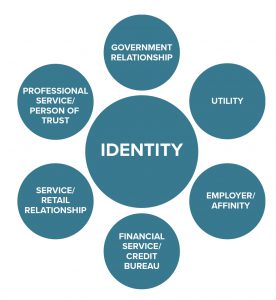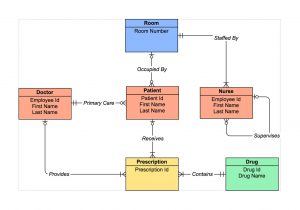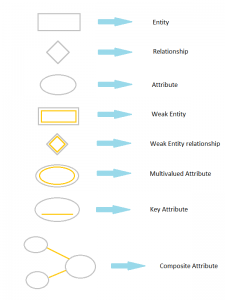An Entity Relationship Diagram (ERD) is a data model that illustrates the relationships between entities within an IT system. Such entities could include people, objects, places, concepts or events, and along with each entity comes its own respective attributes including, but not limited to, name/ID, address, phone, etc. Within an ERD, each entity would receive its own box with the entity title listed at the top followed by each of its respective attributes. ERDs allow for a simple means of visualizing specifically how each entity within a system interacts with other entities. For example, an entity might have an arrow line connecting it to another entity in the diagram with a verb or descriptive phrase that describes the relationship between the two entities. The line can also be drawn to indicate a one to one or one to many relationship. We can use ERDs to help us create, improve, or fix databases.
ERD
Lee Faller - Leave a Comment




